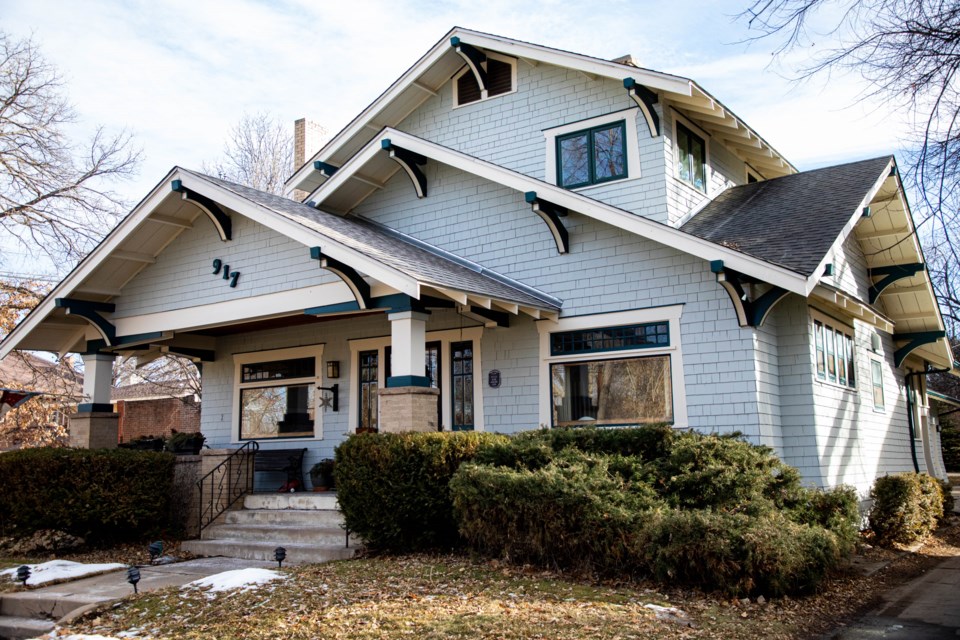A home with links to Longmont’s Ku Klux Klan past and the Holocaust is now designated as local history landmark.
City council members on Tuesday voted unanimously to give the designation to the Schey house, 917 Fourth Ave. The move came at the request of the owners of the house, Neil and Cynthia Piller.
The Schey home was originally found to be historically significant by the 1986 cultural resource survey completed by the West Side Historic District, according to a city staff report.
“The Schey family is an integral part of Longmont’s Jewish history,” the report states.
The house was built in 1912 by Theodore Schey, whose father was Solomon Schey, one of the early residents of Longmont. In 1882, Solomon Schey established Schey’s Clothing Store at 370 Main St., according to the local historic designation request from the Pillers. Solomon Schey’s eldest son, Jacob Schey, served as Longmont city attorney for 36 years.
A second floor addition to the home was completed in the 1930s to house relatives who had escaped the Holocuast in Europe, according to the historic designation request.
The Pillers, in their request, detail how the Scheys and two neighboring homes housing Catholic families were targeted by the Klan, which gained considerable power in Longmont in the 1920s.
In 1925, the Klan gained control of the city council in an election, according to the “History of Longmont” compiled by Erik Mason, the Longmont Museum’s curator of history, and posted to the museum’s website. It began construction of a large pork-barrel project, Chimney Rock Dam, above Lyons and marched up and down Main Street in their costumes, Mason wrote.
The Klan would gather at nearby Thompson Park to burn crosses, the Pillers stated in the request. The Schey family would sit on “the second floor sleeping porch with shotguns waiting for any attempts by the Klan to enter the home. Fortunately, that apparently never happened,” the Pillers stated.
Klan members wore full robes and masks to hide their identities, but they could be identified by the shoes they had purchased from the Scheys’ clothing store. “After the marches, many would come back to the store to play cards around the stove with Theodore “Rusty” (Schey),” the Pillers’ application states.



